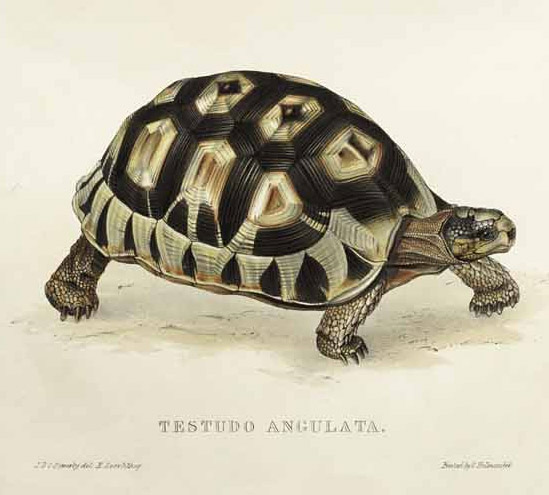Facts About Angulate tortoise
The angulate tortoise, commonly referred to as the "bowsprit" tortoise, is a captivating species native to South Africa. It is the sole representative of the genus Chersina. These tortoises are easily identified by the distinctive "bowsprits" under their chins, utilized during territorial disputes and mating rituals. They feature a single gular shield and possess five claws on their front legs and four on their hind legs. Their coloration and size can vary depending on their habitat, with individuals from the west coast often exhibiting a reddish hue.
In the wild, angulate tortoises flourish in South Africa's semi-arid and Mediterranean-like climates, particularly in fynbos, karoo, and coastal scrub areas. However, they face numerous threats, including predators such as mongooses and jackals, along with habitat destruction due to human activities. Illegal collection for the pet trade and road accidents also pose significant risks to their populations.
To protect these tortoises, laws prohibit their removal from the wild without a permit. Despite these regulations, they remain popular pets in South Africa, where they require a varied diet of native plants. Captive-bred tortoises can be obtained through a regulated pet trade, but owners must provide the appropriate environment, including a proper diet and safeguarding against domestic dangers like dogs and territorial conflicts.
The angulate tortoise is also threatened by illegal trade and exportation, which is why it is protected under international regulations such as CITES. Relocating them outside their natural habitat can jeopardize their health due to their specific dietary and climate needs. Therefore, it is crucial to educate the public about the legal responsibilities of pet ownership to help conserve this unique species.

 Lesotho
Lesotho